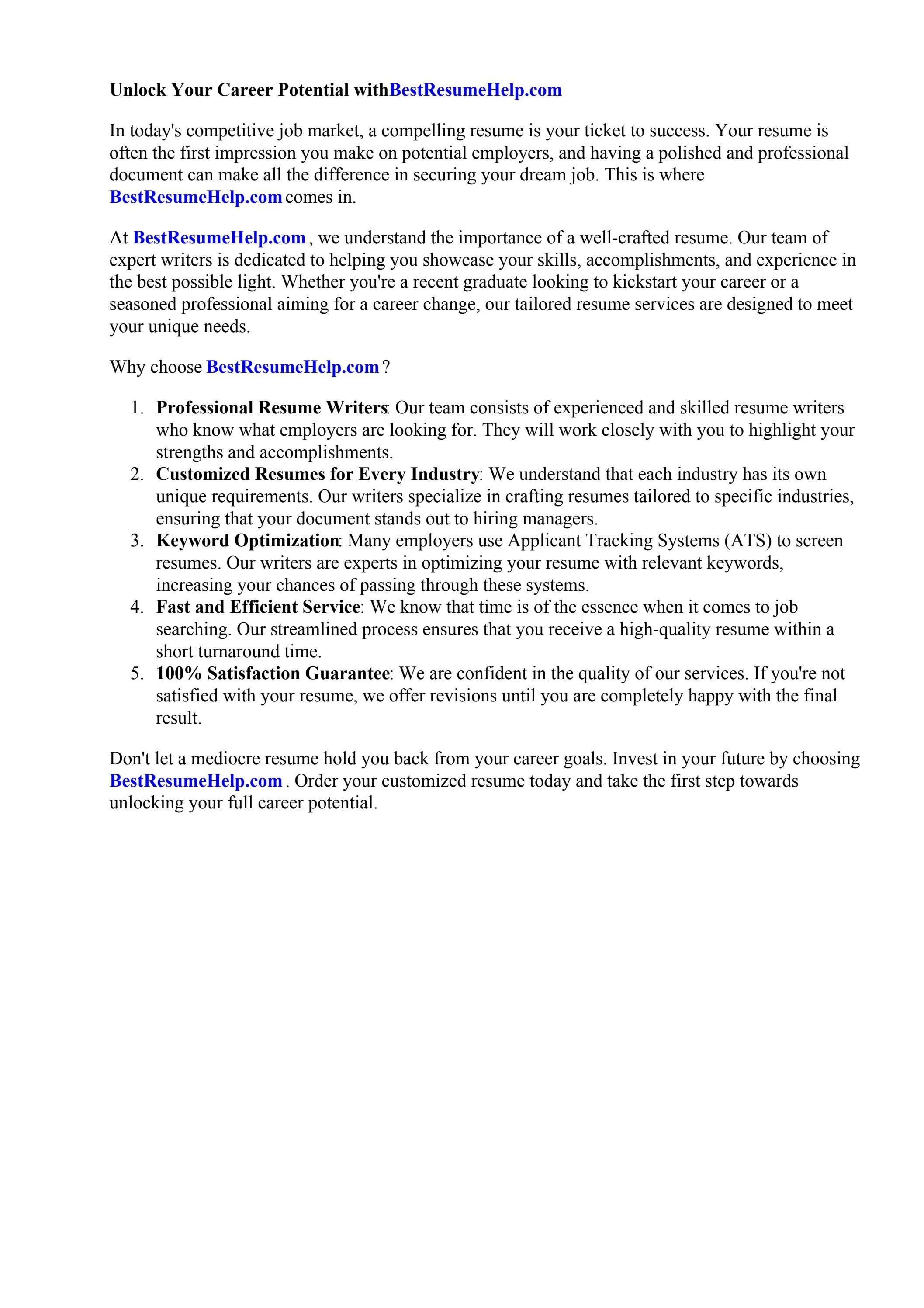What is a Job Application Cover Letter?
A job application cover letter is a formal document that you submit to a potential employer along with your resume. It serves as an introduction, allowing you to showcase your skills, experiences, and qualifications, as well as express your interest in the specific job opening. The cover letter complements the resume, providing a narrative that explains how your background aligns with the job requirements and why you are the ideal candidate. It is a crucial part of the job application process, giving you the opportunity to make a positive first impression and persuade the hiring manager to read your resume and consider you for an interview. A well-written cover letter can significantly increase your chances of getting noticed and landing your dream job. The cover letter is usually one page long, keeping it concise and direct.
Why is a Cover Letter Important
A cover letter is a powerful tool in your job search because it offers an avenue to personalize your application. Unlike your resume, which is a factual summary of your work history, a cover letter allows you to highlight your personality, enthusiasm, and specific reasons for applying to a particular job. It provides an opportunity to tailor your application to the specific needs of the employer, demonstrating that you understand the role and the company. This level of customization can make a significant impact on the hiring manager. Furthermore, a cover letter enables you to explain gaps in your employment history, career transitions, or other nuances that might not be evident in your resume. It is your chance to tell a story, connecting your skills and experiences to the job requirements and conveying your genuine interest in the opportunity. In a competitive job market, a well-crafted cover letter can be the deciding factor in whether you move forward in the hiring process or not.
Key Components of a Cover Letter

A compelling cover letter consists of several key components that work together to create a strong impression. These components include the header, which contains your contact information and the date, followed by the hiring manager’s information. The salutation, or greeting, is important for establishing a professional tone, and the body of the letter should be structured in three or four paragraphs. Each paragraph should focus on a specific aspect of your qualifications and interest in the job, with the first paragraph expressing your enthusiasm and the final one including a call to action. The closing should be professional and include your signature, and optionally, your typed name. Properly including all of these elements are crucial for the cover letter to deliver the intended message, and increase the chance of success for the applicant.
Header Information
The header of your cover letter is where you provide your contact information. This section typically includes your full name, address, phone number, and email address. It’s important to ensure that your contact information is accurate and up-to-date, as this is how the employer will reach you. Ensure the formatting is professional and easy to read, using a clear font and appropriate spacing. You can place the header at the top left or right corner of the page, but be consistent with your choice. Using a clean, organized header is a simple way to project professionalism and attention to detail, both of which are important to showcase. Your email should be professional and your name should be included, for example, use ‘john.smith@email.com’ rather than ‘johnnyboy123@email.com’.
Applicant’s Contact Information
This section should include your full name, mailing address, phone number, and professional email address. It is crucial that the information is accurate. Double-check the spelling of your name and the digits of your phone number. Use a professional email address, preferably one that includes your name. Avoid using nicknames or informal email addresses. Ensuring your contact details are clear and easily accessible allows the hiring manager to contact you without any obstacles. Proper formatting, with appropriate spacing and a clear font, enhances readability and professionalism. The header is the initial point of contact, and a well-presented header sets a positive tone for the rest of your application. It is important for employers to reach you to schedule an interview.
Date

The date is a crucial part of the cover letter, serving as a reference point and indicating when the letter was written. It is typically placed immediately below your contact information or, sometimes, below the hiring manager’s address. The date should be formatted consistently, using either the month-day-year format (e.g., January 1, 2024) or the day-month-year format (e.g., 1 January 2024). Make sure the date matches the current date. This is important to ensure the letter looks fresh and is compliant with what’s happening now. Using the correct date shows attention to detail and professionalism, which are essential qualities that employers value in potential candidates.
Hiring Manager’s Information
Directing your cover letter to a specific person demonstrates initiative and attention to detail. If possible, research the name of the hiring manager or the person responsible for reviewing applications. Their name, title, and the company’s address should be included. If you cannot find a specific name, use a general salutation like ‘Dear Hiring Manager’. Finding the name can be done on the company website, or on their Linkedin profile. This personalization shows that you have invested time in your application and are genuinely interested in the role. Knowing the name of the person receiving your application can set you apart from the rest. This also demonstrates attention to detail, which employers value.
Salutation
The salutation sets the tone for the entire letter and should be professional and appropriate. If you know the hiring manager’s name, use ‘Dear Mr./Ms./Mx. [Last Name]’. If you are unsure of the name, or if the job description specifies a general contact, use ‘Dear Hiring Manager’ or ‘Dear [Company Name] Hiring Team’. Avoid informal greetings like ‘To Whom It May Concern’ or ‘Hello’. The salutation is the first thing the hiring manager sees, so it is important to make a good first impression. Make sure you are using the right form of address, and ensure that the name is spelt correctly.
Body Paragraph 1 What to Include
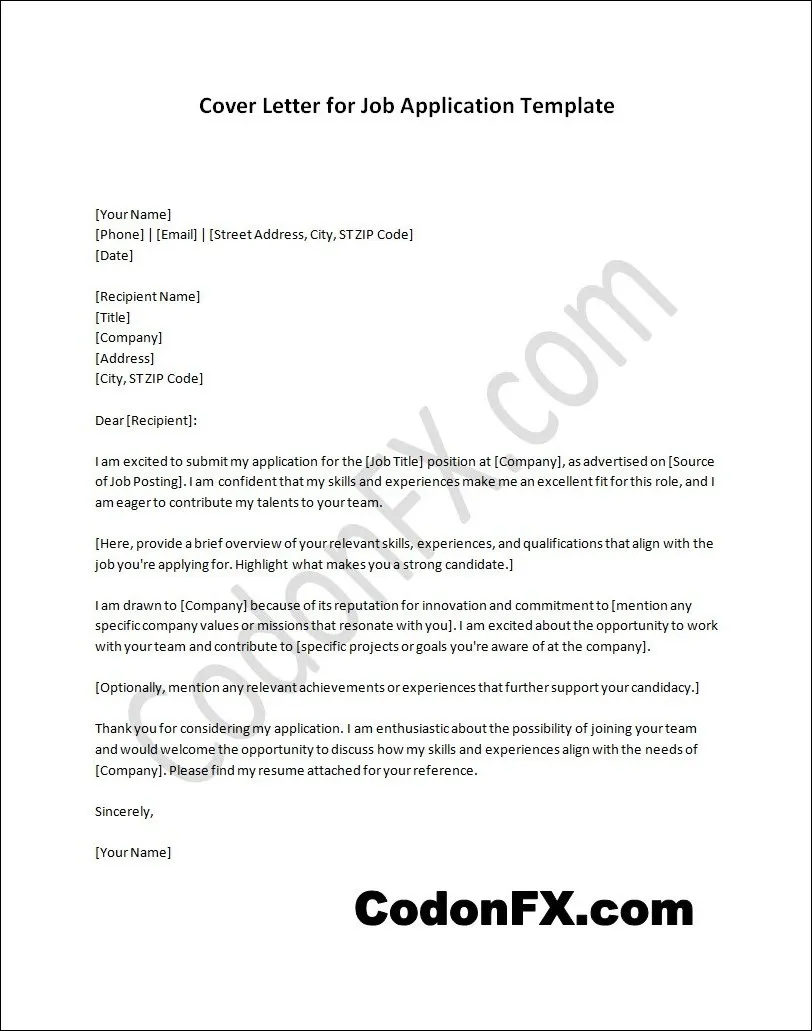
The opening paragraph of your cover letter is your opportunity to grab the reader’s attention and express your enthusiasm for the position. Start by clearly stating the position you are applying for and where you found the job posting. Briefly mention why you are interested in the role, highlighting something specific that attracted you to the job or the company. This demonstrates your initial interest and showcases that you have done some research. Keep this paragraph concise and engaging, setting a positive tone for the rest of the letter. A strong opening paragraph sets the stage for the remainder of your letter and ensures that the hiring manager immediately understands your purpose and the reason for your application.
Express Interest and State Your Purpose
The first sentence of your cover letter is your chance to make a strong first impression. Clearly state the specific position you are applying for. Mention the source of the job posting, such as a website, professional contact, or job board, to show where you found the opportunity. Express your genuine interest in the role and the company. Convey your enthusiasm for the chance to contribute to the organization’s goals. This section sets the stage for the rest of your letter. It will show the hiring manager your interest and purpose. It also demonstrates your understanding of the job, and the company.
Body Paragraph 2 Highlighting Skills and Experience
The second paragraph should focus on your relevant skills and experiences that align with the job requirements. Select key achievements and skills that demonstrate your ability to excel in the role. Tailor this section to match the specific needs of the job, using keywords from the job description. Provide concise examples to illustrate your qualifications and how you have previously succeeded in similar situations. Quantify your achievements whenever possible, using numbers or metrics to show the impact of your contributions. This paragraph is where you demonstrate your value and show the hiring manager why you are a strong match for the position. It reinforces your capabilities and makes the case for why you should be considered for an interview.
Provide Specific Examples and Quantify Achievements
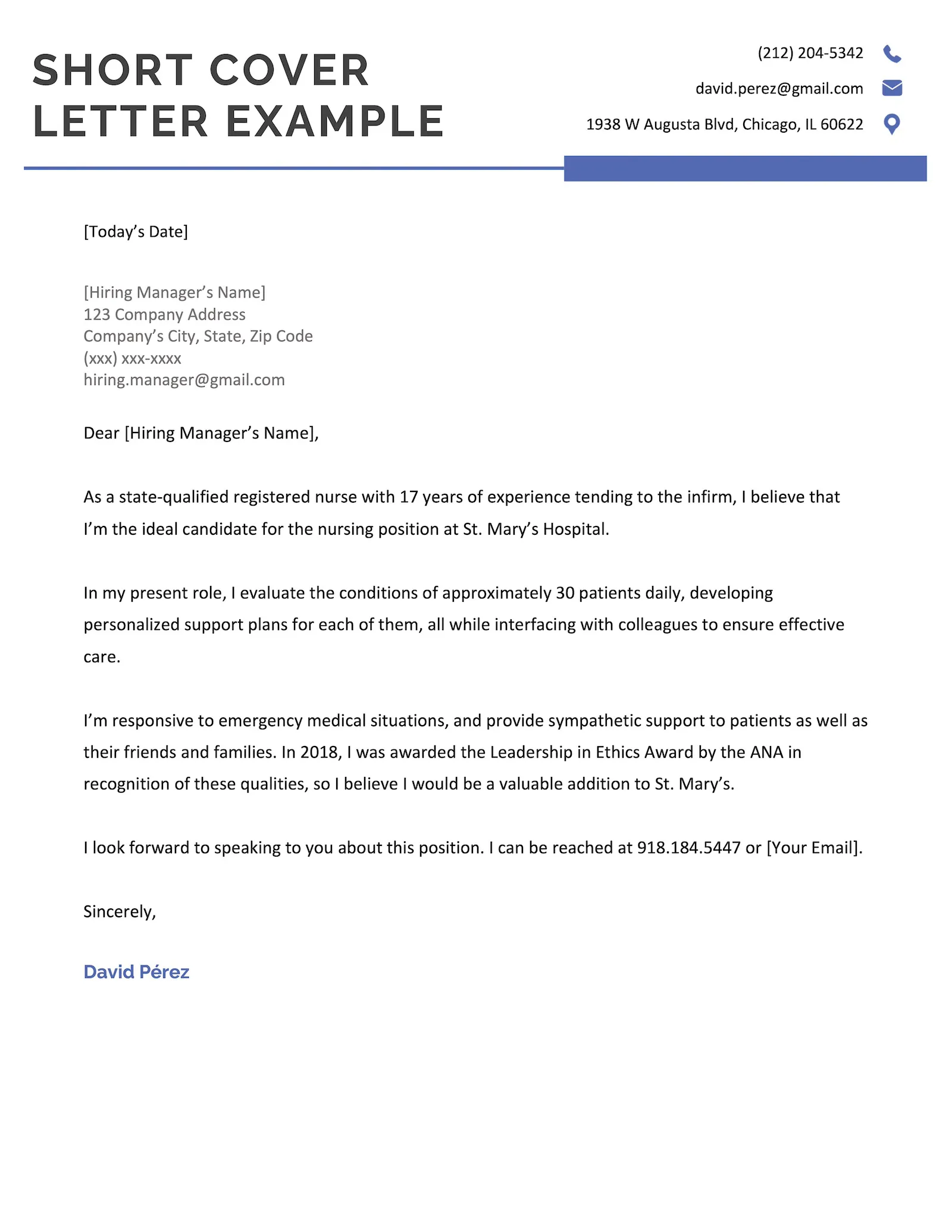
Instead of simply listing your skills, provide specific examples to illustrate your abilities. Use the STAR method (Situation, Task, Action, Result) to structure your examples. Describe the situation, the task you were given, the actions you took, and the results you achieved. Whenever possible, quantify your accomplishments. Using numbers, percentages, or other metrics to show the impact of your work makes your claims more credible and memorable. This approach gives the hiring manager concrete evidence of your capabilities. These details demonstrate to the employer that you have the skills and experience to do the job, and have the capability of bringing positive results.
Body Paragraph 3 Show Enthusiasm and Company Research
In the third paragraph, you should express your enthusiasm for the company and the opportunity. Demonstrate that you have researched the company, understand its mission, values, and recent initiatives. Mention specific aspects of the company that resonate with you, showing your genuine interest. Explain how your skills and experiences align with the company’s goals and how you can contribute to its success. Tailoring this paragraph to the specific company demonstrates initiative and interest. This can include showing you’re familiar with the company’s recent projects, achievements, or their overall vision. This demonstrates that you are serious about joining the company and is more likely to catch the attention of the hiring manager.
Tailor to the Job and Company
To make your cover letter stand out, tailor it specifically to the job and the company. Carefully review the job description and identify the key skills, experiences, and qualifications the employer is seeking. In your cover letter, address those specific requirements, using keywords and phrases from the job description. Highlight the experiences that match the listed criteria. Demonstrating that you understand the company’s mission, values, and recent initiatives shows genuine interest and that you’ve done your research. A customized cover letter demonstrates your unique suitability for the role and increases your chances of making a positive impression. Make sure that your letter is not generic and has details unique to the job, and the company.
Call to Action
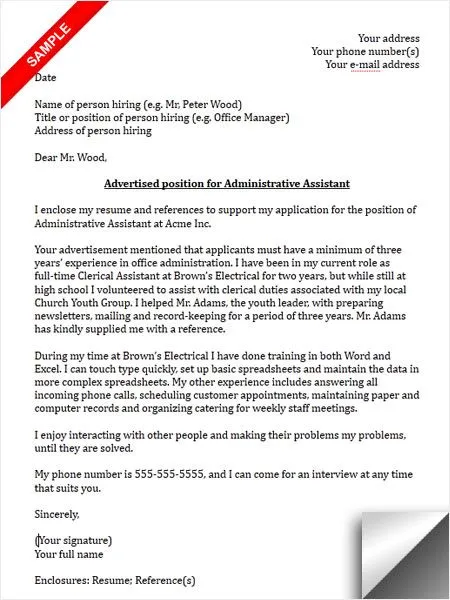
The closing paragraph of your cover letter should include a clear call to action. Express your enthusiasm for the opportunity to discuss your qualifications further in an interview. Provide your contact information and state your availability for an interview. Thank the hiring manager for their time and consideration. This section provides a clear next step and shows confidence in your abilities. The call to action ensures that the hiring manager knows what you expect and how to proceed. It reinforces your interest and leaves a lasting positive impression.
Closing
The closing of your cover letter should be professional and courteous. Use a standard closing, such as ‘Sincerely’, ‘Best regards’, or ‘Thank you’. Make sure your closing matches the tone of your cover letter. Immediately below the closing, leave space for your signature. If submitting a digital application, you can type your name below the closing. This is where you leave a lasting impression by conveying your respect and professionalism. This final touch adds a layer of polish and enhances the overall impact of your cover letter.
Common Mistakes to Avoid
Avoid common mistakes that can undermine your cover letter and decrease your chances of getting noticed. First, avoid generic cover letters. Always tailor your letter to the specific job and company. Second, do not simply repeat your resume. Use the cover letter to expand on your experiences and provide context. Third, avoid spelling and grammatical errors. Proofread your letter carefully. Fourth, do not use overly casual language or slang. Always maintain a professional tone. By avoiding these mistakes, you can ensure your cover letter effectively showcases your qualifications and increases your chances of landing an interview.
Formatting and Presentation Tips
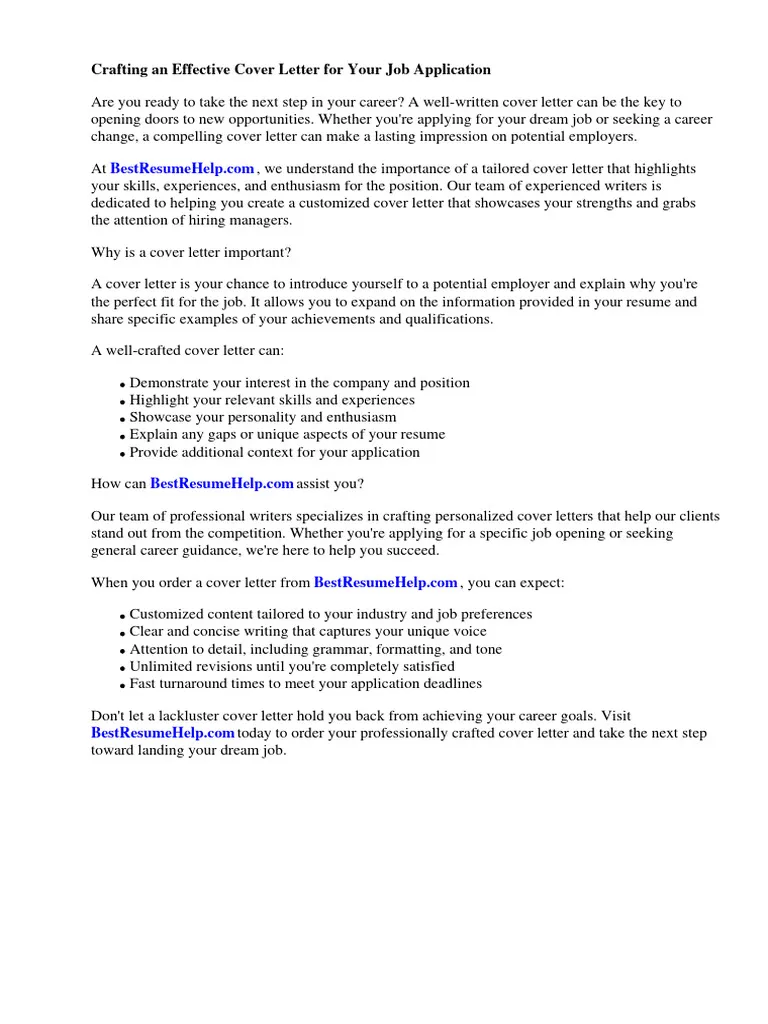
Proper formatting enhances the readability and professionalism of your cover letter. Use a clean, easy-to-read font, such as Times New Roman, Arial, or Calibri, with a font size between 10 and 12 points. Maintain consistent margins and spacing throughout the letter. Use appropriate spacing between paragraphs and sections to make it easy to read. Ensure your letter is one page long. If you are submitting a digital application, save your cover letter as a PDF file. This will preserve the formatting and make it easy to view on any device. Proper formatting creates a positive first impression, demonstrating your attention to detail and professionalism. This will make it easier for the hiring manager to review your qualifications.
Proofreading and Editing
Before submitting your cover letter, carefully proofread and edit it. Check for any spelling, grammatical, and punctuation errors. Use spell-check and grammar-check tools, but do not rely on them completely. Read your letter aloud to catch any awkward phrasing or unclear sentences. Have a friend, family member, or career advisor review your letter for feedback. Proofreading and editing are crucial steps in the writing process. Thorough proofreading ensures your cover letter is free of errors and presents you in the best possible light. It will show the hiring manager that you pay attention to detail.
Cover Letter Examples
Reviewing cover letter examples can provide valuable insights into effective writing strategies. There are different types of cover letters. Each type of cover letter has a unique approach and focus, tailored to specific career situations and job search goals. These are the most common, and their purpose is to help candidates stand out in the job market.
Example 1 Entry-Level Position
An entry-level cover letter should emphasize your education, skills, and any relevant experience from internships, volunteer work, or extracurricular activities. The tone should be enthusiastic and demonstrate your eagerness to learn and contribute to the company. Highlight any skills or experiences that align with the job description. For example, if the job requires strong communication skills, provide specific examples of when you demonstrated those abilities. Be sure to showcase how your skills and experiences make you a good fit for the role.
Example 2 Experienced Professional
An experienced professional’s cover letter should showcase your achievements and expertise. Focus on quantifiable accomplishments and specific examples to demonstrate your value. Tailor your letter to each job by highlighting relevant skills and experiences. Provide concrete examples of how you have solved problems. Also, show how you have contributed to the success of previous employers. Demonstrate a deep understanding of the company’s needs and how your expertise can help them achieve their goals. Including numbers is a great way to showcase what you bring to the table.
Example 3 Career Change
If you are making a career change, your cover letter should explain why you are transitioning and how your skills and experiences are transferable. Highlight the skills and experiences that align with the new role. Provide evidence that you are committed to the new field and have taken steps to acquire the necessary skills or knowledge. Focus on your enthusiasm for the new career and your willingness to learn. Show how you can bring a fresh perspective and contribute to the company’s success. Show that you have considered the career change and made the right choice.
Cover Letter Template
Using a cover letter template can provide a helpful structure and guide you through the writing process. There are many free cover letter templates available online. Most of these templates include all the key components of a cover letter, providing prompts and suggested sections. Templates help ensure that you include all the necessary information and present it in a logical and professional manner. When using a template, be sure to customize it. Change the template to reflect your unique skills, experiences, and the specific requirements of the job you are applying for. This will help make your letter more tailored to the role.
